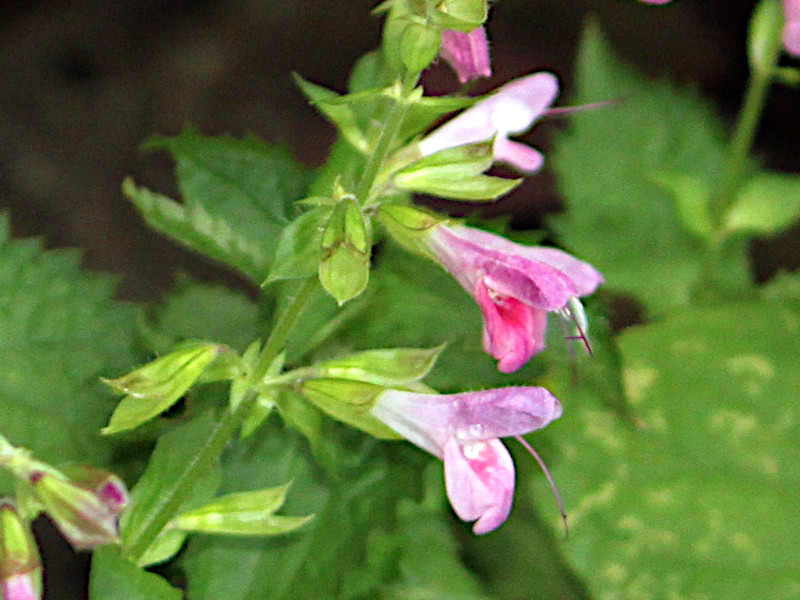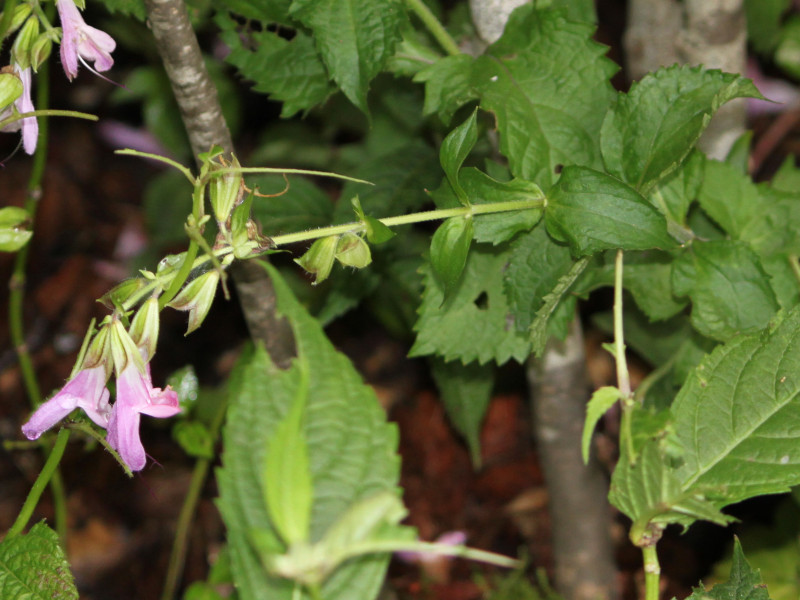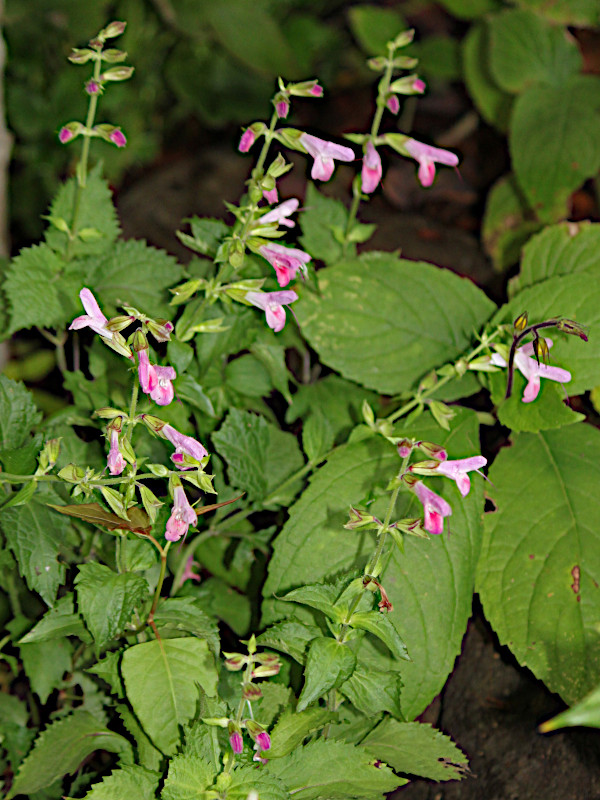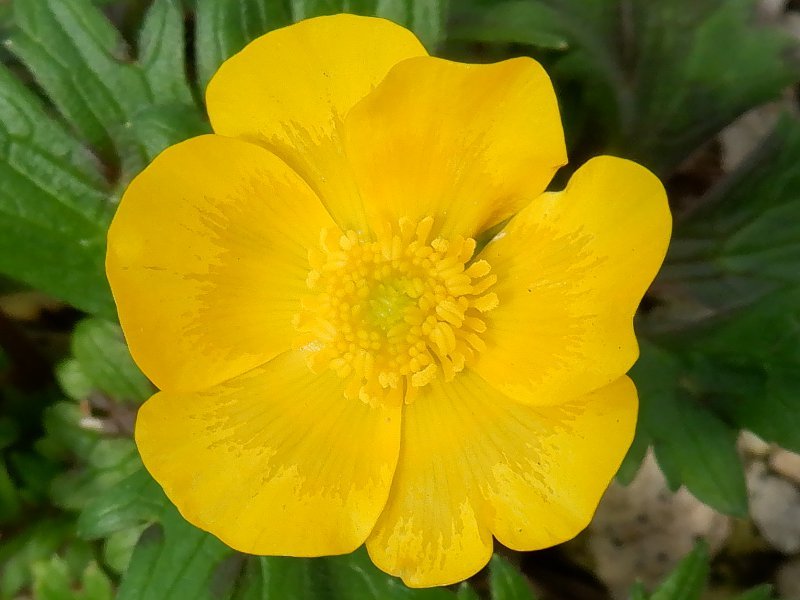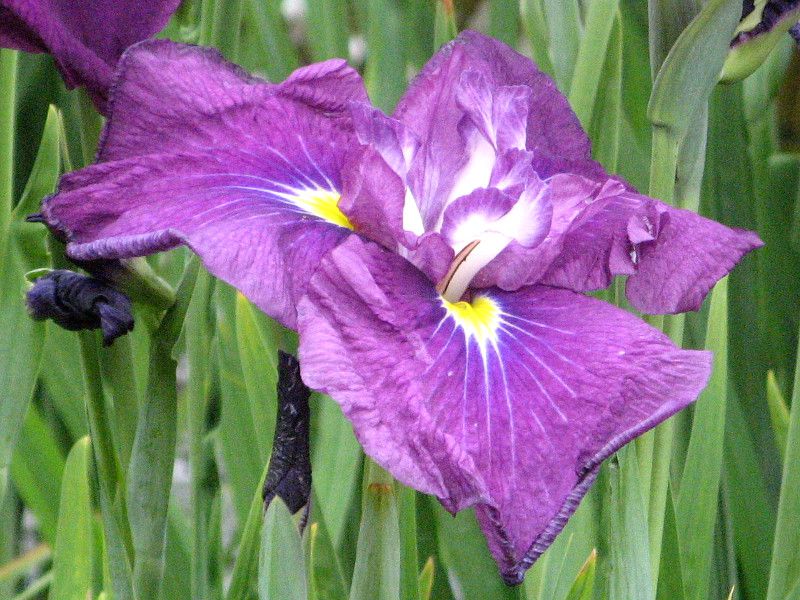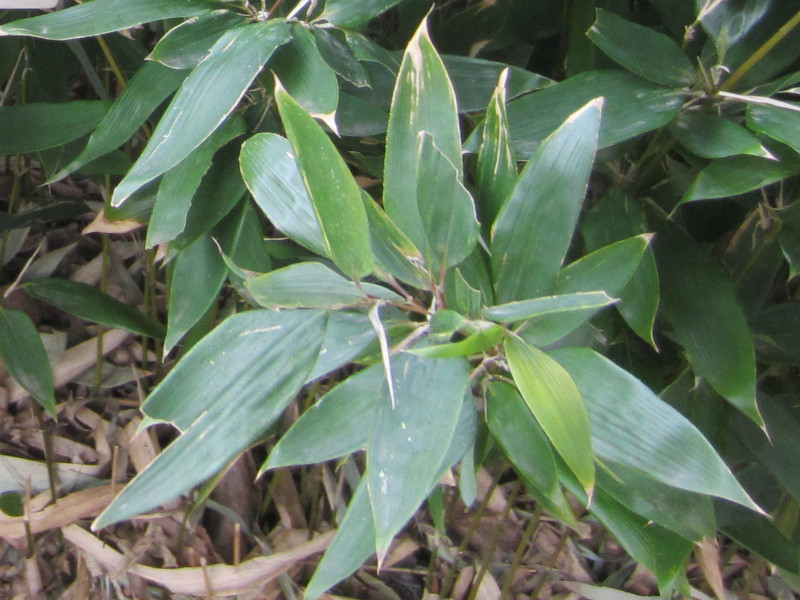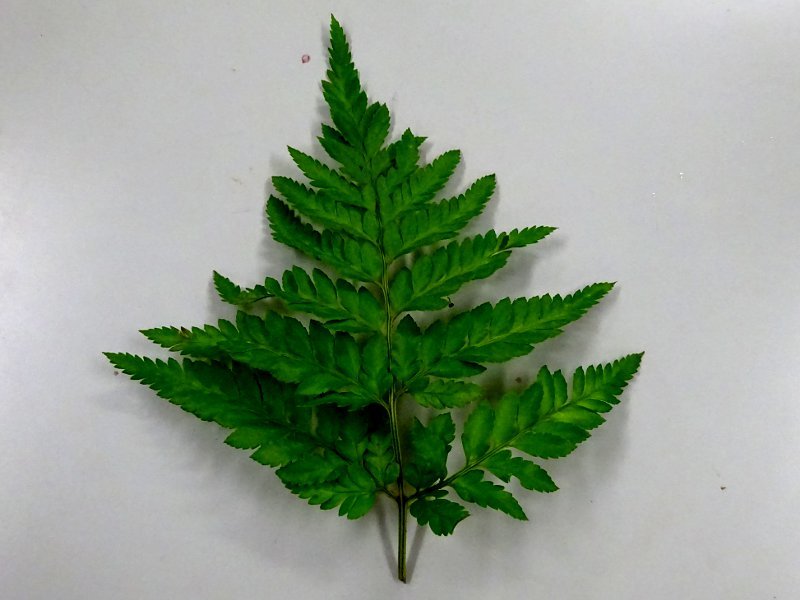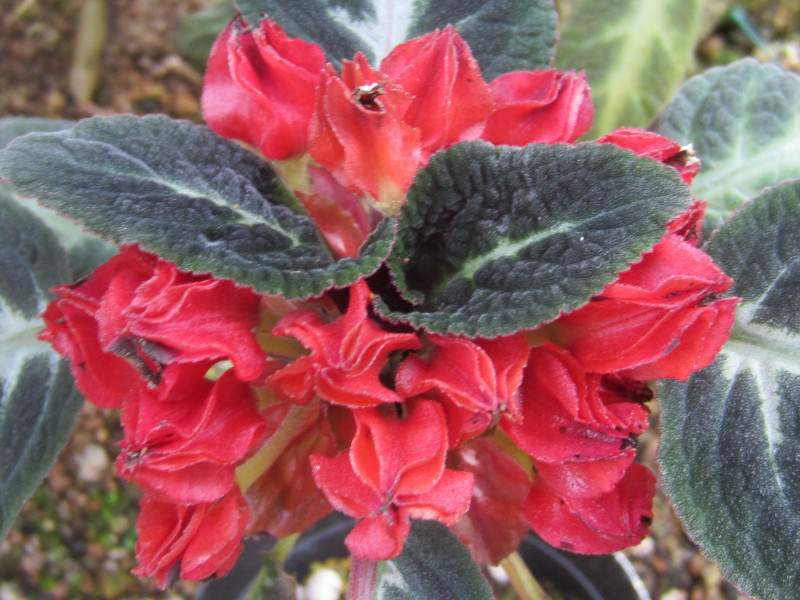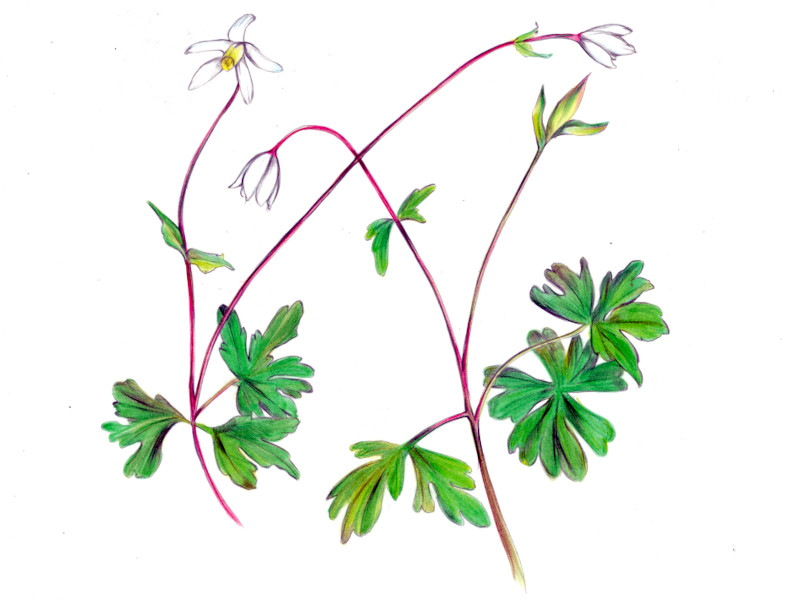Salvia glabrescens
- Flower nameSalvia glabrescens
- Scientific nameSalvia glabrescens
- Alias
- Place of originendemic to Japan
- Place of floweringFields and footpaths, Low mountains
- Flowering seasonAugust, September, October
What is Salvia glabrescens
Salvia glabrescens or akigiri (Salvia glabrescens), endemic to Japan, is a perennial herb in the genus Salvia in the family Lamiaceae.
It grows wild in the shade of trees in the mountains of Honshu (Chubu to Kinki regions). Its Japanese name comes from the fact that its leaves resemble paulownia leaves and its flowers bloom in autumn (aki means "autumn" in Japanese . The plant is 25 to 50 cm tall, and its stem is four-edged and square in cross section. The long petiolate leaves are triangular in shape with serrated edges and are arranged in pairs on the branches.
Origin of flower name
The genus name "Salvia" is derived from the Latin word "salveo" (health), and the species name "glabrescens" means "somewhat hairless" in Latin, referring to the absence of glandular hairs on the stem and inflorescence.
Common name: akigiri, scientific name: Salvia glabrescens, taxonomic name: Angiospermae, genus: Angiospermae, family Angiospermaceae, plant kingdom: Angiospermaceae, habitat: Honshu (central Japan to Kinki), living environment: mountainous areas, grass: 25 to 50 cm, petiole: long, leaf shape: triangular, leaf length: 5 ~Leaf length: 5-10 cm, leaf margin: serrate, inflorescence: opposite, corolla shape: lip-shaped, flower length: 2.5-3 cm, corolla color: red-purple, flowering season: August to October.
